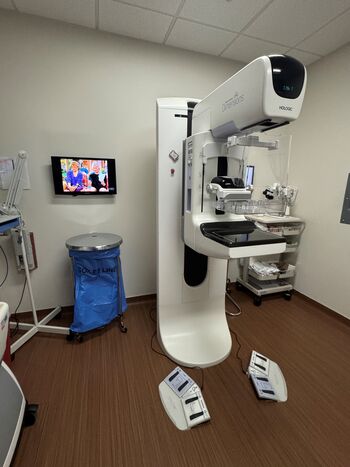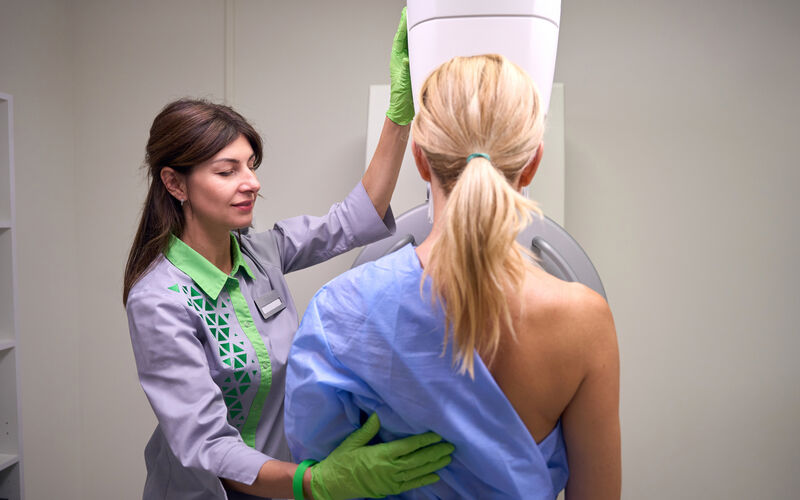What I Learned From My First Mammogram
As a teen, I didn’t give much thought to long-term health. Tanning beds, skipping checkups and ignoring nutrition felt normal back then. Fast forward to 2024 — the year I turned 40 — and I’ve learned just how wrong I was.
Back then, I didn’t realize small habits could add up. Now, I understand that prevention begins with those small, everyday choices. Forty has become the year I stopped worrying about what others thought and started focusing on what really matters: my health.
At the top of my list: scheduling my first mammogram.
Facing the Myths
I’d heard plenty of stories about mammograms. They’re uncomfortable, awkward, stressful. And then there’s the weight of the “what if.”
What if something is wrong? What if it’s cancer?
The only breast cancer diagnosis I’d ever known personally was my grandfather’s. In his 60s, he went in for a routine checkup and his doctor found cancerous nodules in both breasts. He had both pectorals removed when I was in my teens.
With his trademark sense of humor, he used to slip ice cubes into his shirt pocket so he wouldn’t have to get up for refills. Because he couldn’t feel it, his shirt would inevitably be soaked by the end of the evening. It’s one of those quirky, lasting memories that turned something heavy into something human.
What happened to my grandfather was unusual, but it taught me early that breast cancer doesn’t only affect women. According to the National Breast Cancer Foundation, about 1% of breast cancer diagnoses occur in men. That’s why it’s important for men, too, to know the signs, symptoms and value of early detection.
The Appointment

The check-in at the Moffitt McKinley Outpatient Center’s breast floor was quick and efficient. Within minutes, I was guided to a dressing room and handed a burgundy wrap top, the standard attire for the procedure.
The exam room was bright and cool, dominated by the mammography machine. My technician immediately put me at ease. She explained each step carefully, making sure I was as comfortable as possible while guiding me through what felt like a slightly awkward photo shoot.
Yes, the compression plates were cold.
Yes, there was some discomfort.
But honestly? After two cesarean sections, this was far from the most physically challenging thing I’ve experienced. The entire process took about 20 minutes.
A Gift of Prevention

When it was over, I realized how much unnecessary fear I had carried into the room. Mammograms may not be glamorous, but they’re far from unbearable. More importantly, they’re a gift — an opportunity to catch potential problems early, when treatment has the best chance of success.
I left that day with a clear result and a huge sense of relief. Next year, when I return at 41, I’ll walk in with far less anxiety and far more perspective.
Forty isn’t the end of youth; it’s the beginning of a wiser, more intentional chapter — one where health takes the spotlight.




